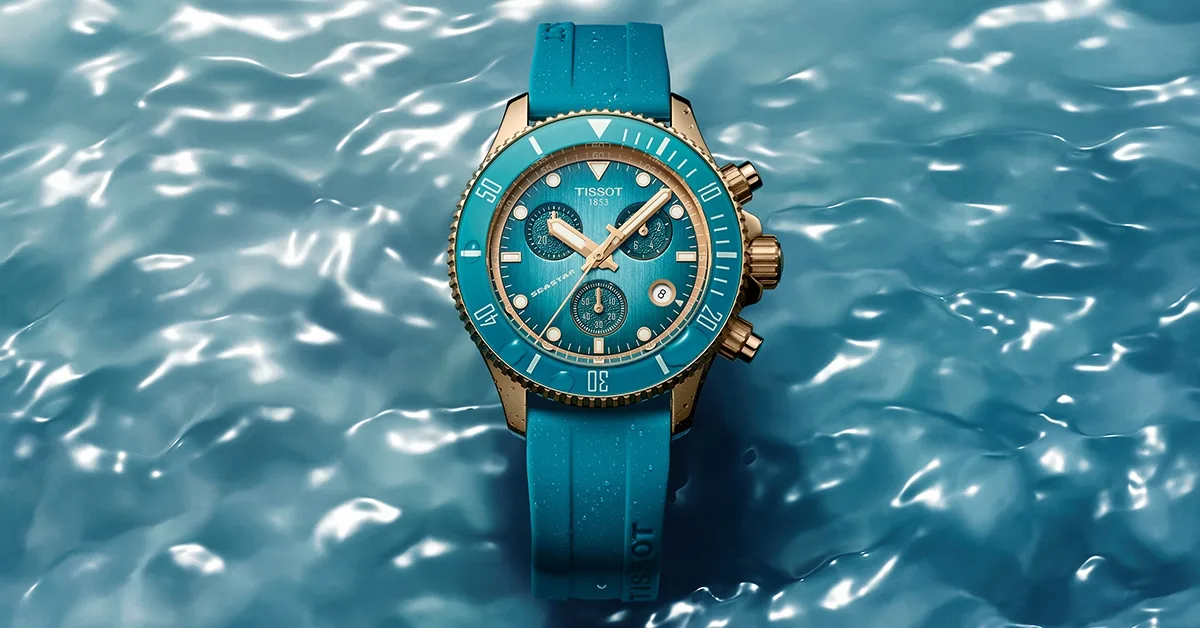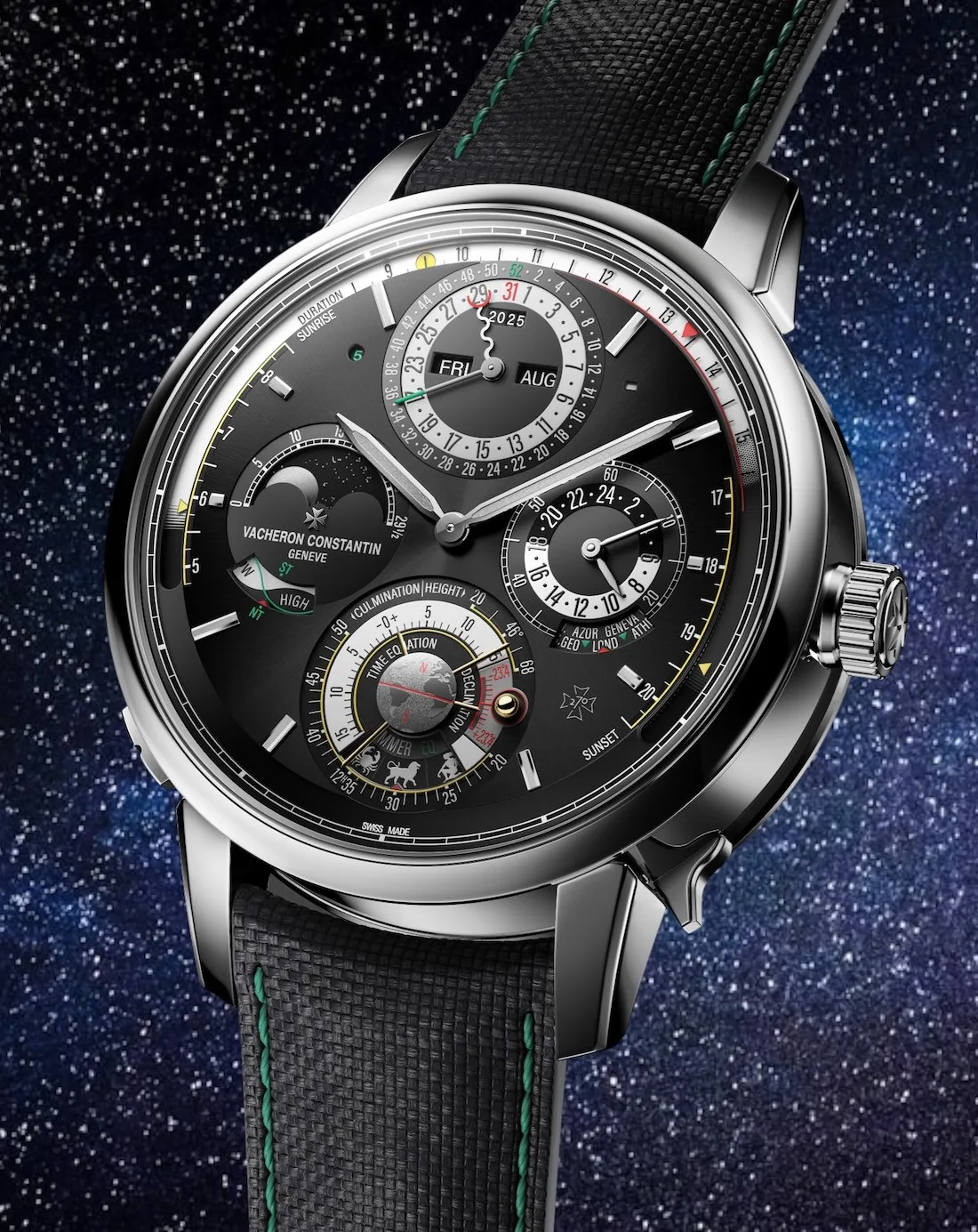As I was crossing the bridge on my way to the press preview of Aladdin Sane: 50 years, I was finding it hard to accept that it has been five decades since the young ambitious musician David Bowie, with the support of his manager Tony Defries and the genius of photographer Brian Duffy, created one of the most influential pop culture images of our history. The legacy of this cover keeps being a source of inspiration for contemporary artists, resonating with the global queer culture thanks to the fluidity of its images.
Until a few years early, when the cover of Sgt. Pepper’s Lonely Hearts Club Band shook the establishment, the images used in albums were, frankly, quite dull, normally involving a very standard picture of the artist and little more. However as the 1970s progressed, covers become more daring and creative, embracing everything from science fiction to comic strips and everything in between.
Bowie’s star was in the ascendant. The Rise and Fall of Ziggy Stardust and the Spiders from Mars had sold 100,000 copies just in the UK. For his new album Aladdin Sane, Bowie needed a cover that will reflect his shifting androgynous image. Tony Defries turned to Brian Duffy, who, together with David Bailey and Terence Donovan were possibly the most successful photographers at the time.
There is a lot of speculation about where the inspiration for the lightning bolt came from but it seems the decision was taken by makeup artist Pierre LaRoche, based on the earlier Ziggy Stardust costumes, and Duffy insisted it went across Bowie’s face. “He has the perfect face for makeup,” LaRoche said about Bowie at the time.


Aladdin Sane, 1973. Photo Duffy © Duffy Archive & The David Bowie ArchiveTM
In this show, the Southbank Centre explores the creation of the album’s iconic artwork, including the legendary lightning flash portrait. On the weekend of April 21st and 22nd, there will be a series of live music events and talks inspired by the album, such as:
● Anna Calvi, Scissor Sisters’ Jake Shears, Roxanne Tataei, Tawiah, and Lynks join the Nu Civilisation Orchestra performing Aladdin Sane; and two club nights – Queer House Party and Queer Bruk – celebrate Bowie’s legacy with parties and music
● Talks exploring Aladdin Sane, Bowie and his cultural significance from Paul Burston, Geoffrey Marsh, Victoria Broackes and Chris Duffy
● National Poetry Library presents a new collection of work inspired by the album, Aladdin Sound, from Luke Kennard, Keith Jarrett, Golnoosh Nour and Mark Waldron
Curated by Chris Duffy, the son of Duffy, and Geoff Marsh, the exhibition starts introducing the visitor into the context of the early 1970s, from a political, social and cultural point of view. From there, the show moves on to the relationship between Bowie and Duffy, explaining in detail the photoshoot in January 1973 from which the iconic Aladdin Sane image was born. Here we can appreciate the gestation of the cover picture, as well as of those in the iconic gatefold. Contact sheets, colour proofs, negatives… an exceptional opportunity to follow Duffy’s creative process step by step. Defries wanted the cover to be very expensive to produce, so the label would invest as much money promoting the album as necessary to recover the cost and make a profit. Duffy took on the challenge with open arms. The dye transfer method used was very pricey and to make it even more so, they go the plate made in Switzerland.
“To me, it [the cover] was competent, very competent, but I wouldn’t take it much beyond that.”
– Brian Duffy
Of his father’s work, Chris Duffy, said: “My father’s image of Bowie is often called the Mona Lisa of Pop. It’s important to remember it was the result of a short studio shoot using film, which then had to be sent out for commercial processing. There were no instant digital images or photoshop then. It’s extraordinary how it’s lasted and been endlessly reworked. Wherever I go in the world, it’s always somewhere on a t-shirt.”
The Southbank Centre Archive is also presenting a separate free display exploring David Bowie’s history with the Centre, stretching over 50 years, and his ongoing legacy. From his performance in the recently opened Purcell Room in 1969, to later appearances alongside Lou Reed and his curation of Southbank Centre’s annual contemporary music festival, Meltdown, never before seen archival material is available for public view.
The exhibition is completed with a stunning book by Chris Duffy, published by Welbeck, Aladdin Sane: 50 Years, with hundreds of photographs never seen before.
Chris Duffy’s Aladin Sane: 50 years is available at many retailers, such as AbeBooks, Amazon and WHSmith among others.
Words: Julia Pasarón
Aladdin Sane: 50 years. Southbank Centre, 6th April – 28th May.
Get your tickets for the exhibition, live music and talks HERE:

















Show Comments +